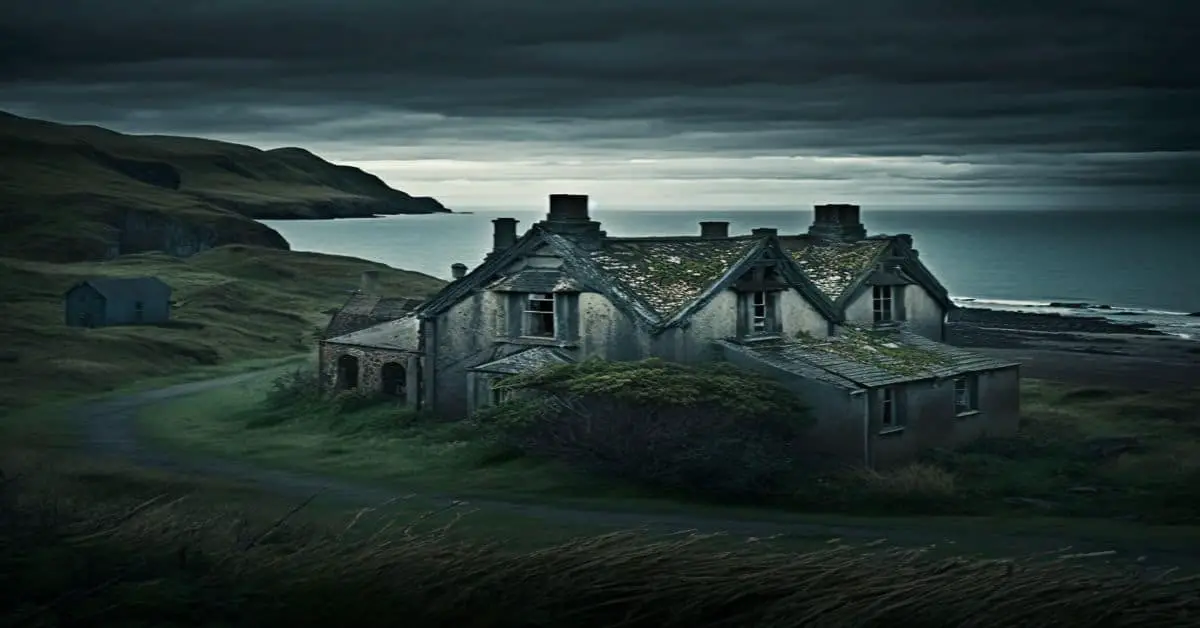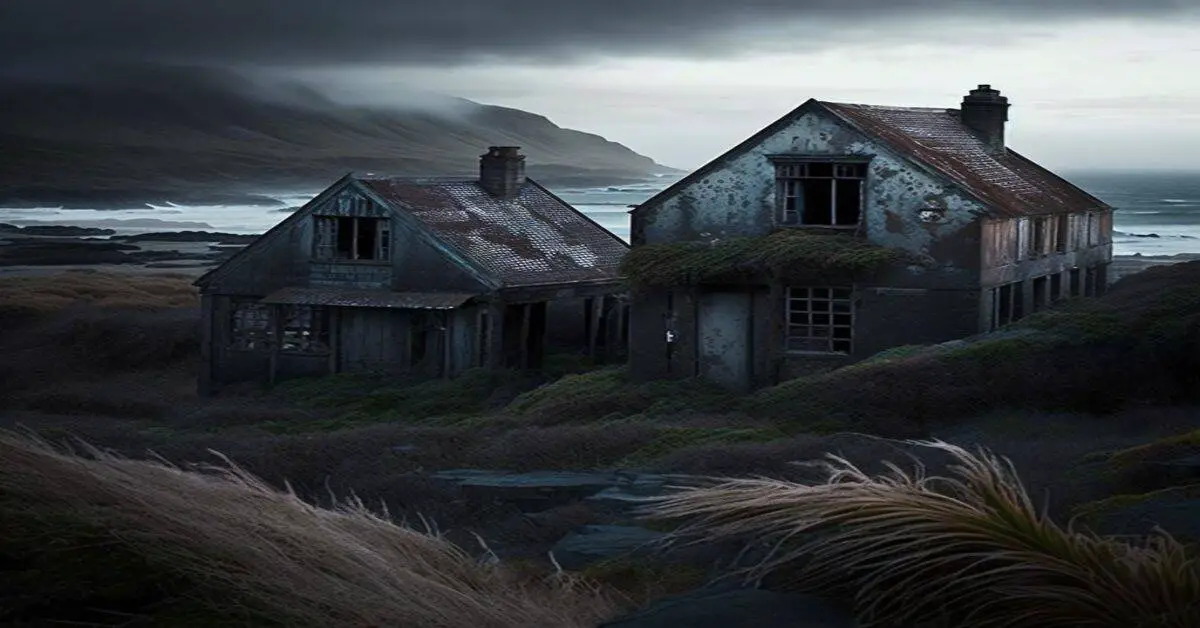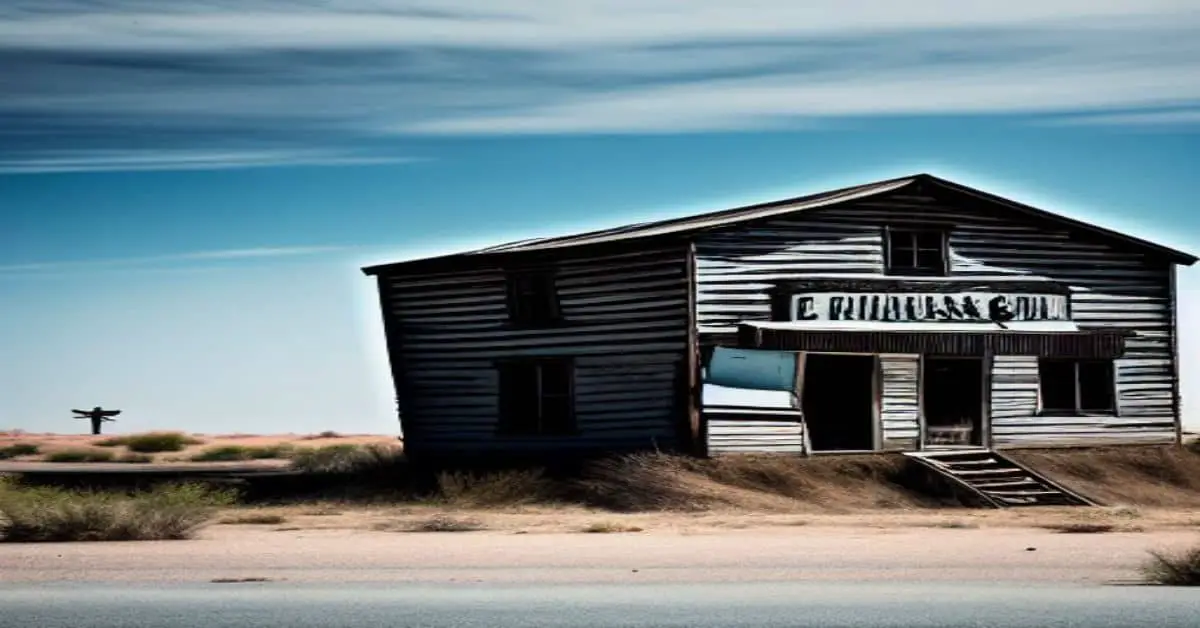Custer County in Idaho has several ghost towns that offer a glimpse into the past. These abandoned towns are a testament to the boom and bust cycles of the mining industry and the harsh realities of life in the Wild West. Visitors to Custer County can explore these ghost towns and learn about the people, industries, and natural environment that existed in these places.
This article provides historical information, descriptions, and photographs of the ghost towns, as well as information on how to visit and the current state of the ghost towns. It also explores the efforts to preserve these towns and the challenges faced in doing so.
Additionally, this article delves into the cultural significance, economic impact, and tourism potential of these unique and fascinating ghost towns, and considers their future. Join us as we discover Custer County’s ghost towns and the stories they have to tell.
Key Takeaways
- Custer County in Idaho is home to several ghost towns.
- An article about these ghost towns may contain historical information, descriptions, and photographs.
- It may also provide information on how to visit and the current state of the ghost towns, as well as reasons for their abandonment.
- Additionally, the article may cover the people, industries, natural environment, preservation efforts, cultural significance, economic impact, tourism potential, and future of these ghost towns.
Location and History
The website ghottowns.com provides information on the ghost towns of Custer County, Idaho, including their historical background and location.
Custer County is located in central Idaho and is known for its rich mining history. The county was established in 1881 and was named after General George Armstrong Custer. Geographical features of the area include the Sawtooth Mountains, the Salmon River and the Frank Church-River of No Return Wilderness.
The cultural influences in Custer County are diverse, with the county being home to various Native American tribes, including the Shoshone-Bannock and the Nez Perce. The area was also heavily influenced by the mining industry, with towns such as Bonanza and Bayhorse being established as mining camps in the late 1800s.
Today, many of these towns are abandoned and have become ghost towns, but they still offer a glimpse into the rich cultural history of the area.
Visiting and Exploration
Surprisingly, one can wander through deserted streets and abandoned buildings when exploring the historical remnants of Custer County’s past settlements. Visiting the ghost towns of Custer County provides a unique opportunity to witness history frozen in time.
The abandoned structures and unique artifacts in these ghost towns offer a glimpse into the past, revealing the daily lives of those who once called these towns home.
Exploring the ghost towns of Custer County requires careful planning and preparation. Visitors should research the history and current state of each town before setting out, as many of the buildings are in a state of disrepair and may be dangerous to enter.
Additionally, visitors are encouraged to respect the sites and leave them undisturbed, as these ghost towns offer an important glimpse into Idaho’s past. With proper planning and an appreciation for history, exploring the ghost towns of Custer County can be an unforgettable and enlightening experience.
Preservation and Future
Preservation efforts and plans for the historical settlements in Custer County require careful consideration of the cultural significance and economic potential of these ghost towns. The challenge lies in balancing the need to preserve the authenticity and historical value of these towns, while also promoting tourism and economic development in the area.
One opportunity for preservation is through partnerships between local government, private businesses, and non-profit organizations to fund restoration and maintenance projects for the buildings and infrastructure in the ghost towns.
Another challenge for preservation is the natural environment surrounding the ghost towns. The harsh weather conditions and natural disasters, such as wildfires, can cause significant damage to the historic buildings and artifacts. To address this challenge, preservation efforts should also include measures to protect the natural environment and reduce the risk of damage from natural disasters.
The future of the ghost towns in Custer County depends on the success of preservation efforts and the ability to balance economic development with historical preservation. With careful planning and collaboration, these ghost towns can continue to serve as a valuable cultural and economic resource for the community.
Frequently Asked Questions
What is the most popular ghost town to visit in Custer County?
There is no definitive answer as to which ghost town is the most popular to visit in Custer County. However, tourists exploring attractions in the area are drawn to those with a rich historical significance, such as Bayhorse and Bonanza.
How did the natural environment surrounding the ghost towns contribute to their abandonment?
The natural environment impact on the ghost towns in Custer County, Idaho contributed to their abandonment. Historical significance of mining and logging industries and harsh weather conditions led to the decline of the towns.
Are there any ghost towns in Custer County that have been restored and are currently inhabited?
One restored ghost town in Custer County is Bayhorse, abandoned in the early 1900s due to the decline in silver mining. It now serves as a historical site, showcasing the history of abandonment in the area.
How have the ghost towns impacted the local economy and community?
The ghost towns in Custer County have a significant impact on tourism, with preservation efforts underway to maintain their cultural significance. However, their impact on the local economy and community is unclear and requires further research.
Although there is no mention of any ghost town-related events or festivals in Custer County, Idaho in the given text, there are opportunities for ghost town tours and some historical reenactments. These tours provide an informative and unique experience for history enthusiasts.


